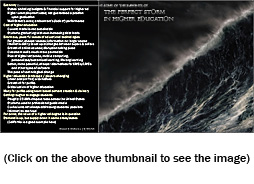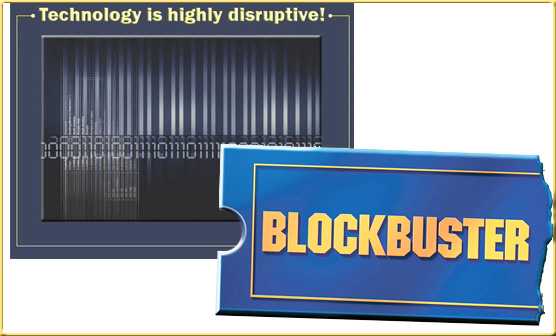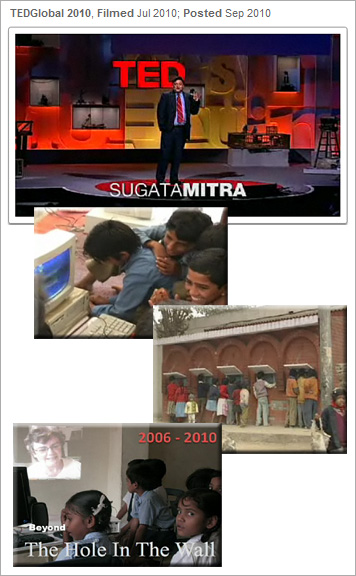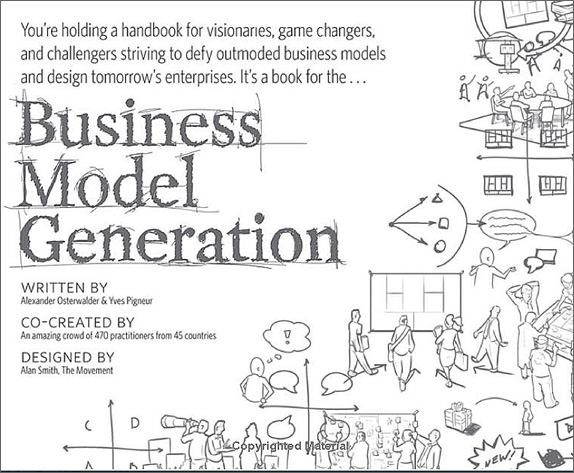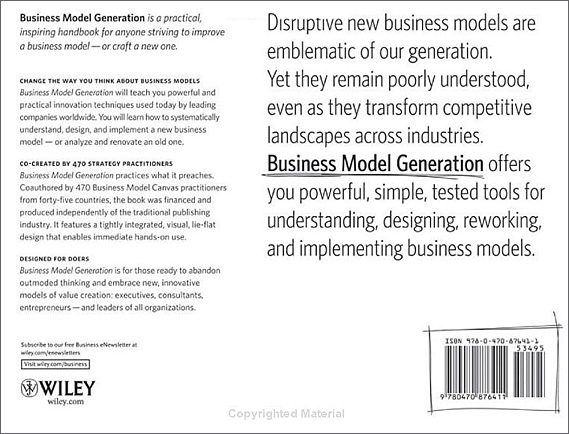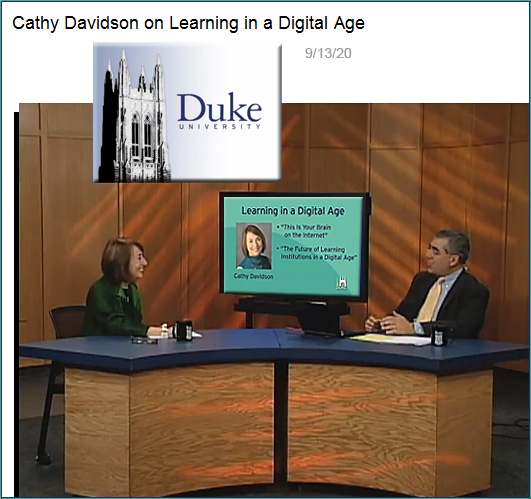From DSC:
Here in the United States, the waste continues…
As I was reading the article mentioned below, I was reminded of a graphic I saw a while back after the April 20 Deepwater Horizon oil rig explosion:
.

.
This graphic reminds me of a very valuable resource that still isn’t being “realized” — and, as a result, the leakage continues to cause a mess. And that has to do with the amazing amount of talents, abilities, and gifts that are being wasted daily when students drop out of school or college.
So I appreciated hearing about what some of the community colleges are doing to try to “cap the spill” — to stop this waste of talent.
We must help students find and develop their passions. Should we look at changing some of the requirements/curriculums out there? If an emphasis on STEM isn’t working, is it time to try something else like arts, music, game design, shop/woodworking, automotive work, or something else that many of these same students might be more passionate about?
Addendum 4/5/11:
Also see:
Community Colleges Get Creative With Remedial Education — from edweek.org by Caralee Adams
Record numbers of students are arriving on community college campuses this fall, but a majority of them—nearly 60 percent—aren’t academically prepared to handle the classwork.
Three out of every five community college students need at least one remedial course, and fewer than 25 percent of those students successfully earn a degree within eight years, according to the National Education Longitudinal Study.
“We really have to figure out how to get developmental education right, or any dream that we have of increasing the number of college graduates in this country or eliminating disparities across racial and ethnic groups—that dream is going to tank,” said Kay McClenney, the director of the Community College Survey of Student Engagement and an adjunct faculty member in the Community College Leadership Program at the University of Texas at Austin.
Pushed by federal expectations, tightening budgets, expanding enrollments, and what the foundation-supported Strong American Schools campaign estimatedRequires Adobe Acrobat Reader to be a $2 billion-and-rising annual cost for remedial education, community colleges have started experimenting with a range of strategies to address those numbers.










